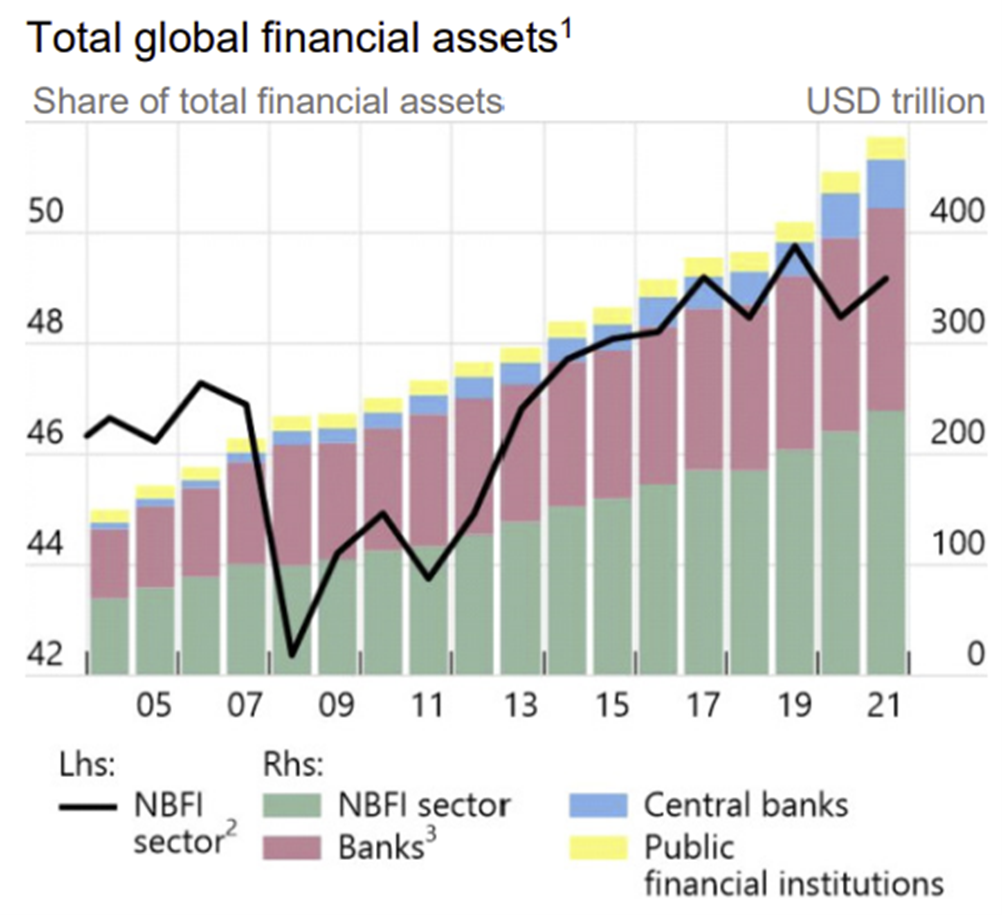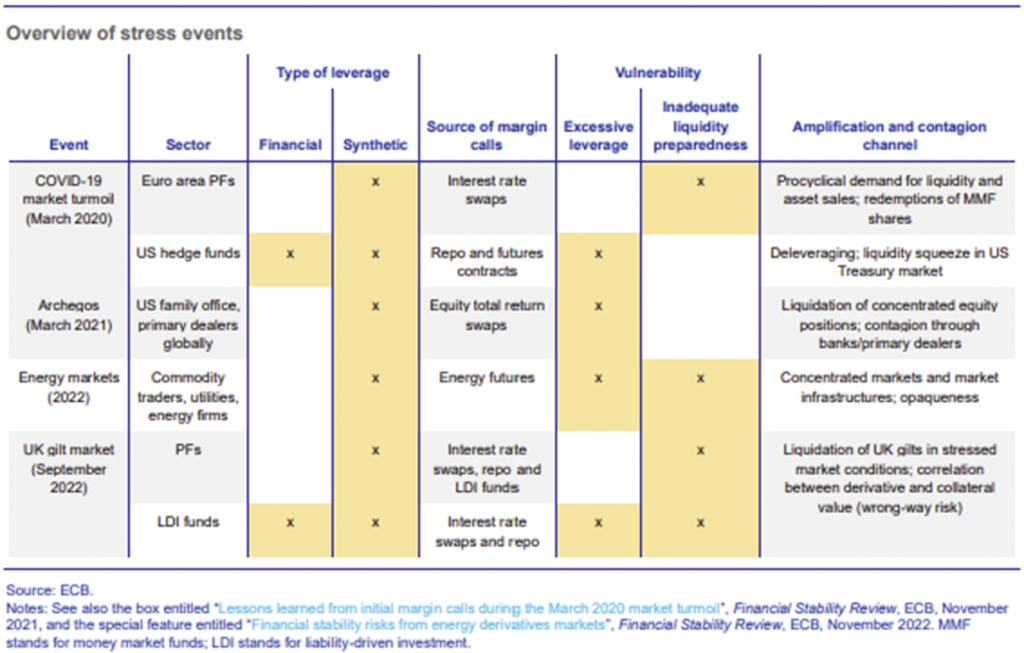Share this post
Banks are a lazy answer
June, 2023
Ever since the financial crisis of 2008, banks have been an easy target for many commentators, including us at times to be fair, when we talk about the ‘risks’ that might disturb investment markets.
Banks are, by definition, complex, opaque businesses. Many of their revenue lines rely on them being so. If everybody knew how they made their money, the opportunities would be arbitraged away, and their competitive advantage and profitability would be lost.
In this Thought we have decided to delve into the NFBI sector.
A non-bank financial institution (NBFI) is a financial institution that does not have a full banking license and cannot accept deposits from the public. However, NBFIs do facilitate alternative financial services, such as investment (both collective and individual), risk pooling, financial consulting, brokering, money transmission, and check cashing. NBFIs are a source of consumer credit (along with licensed banks).
The NBFI sector share of total global financial assets was 49.2% at the end of 2021 and is therefore very significant in the context of its role in the global financial system.

Source: Global Monitoring Report on Non-Bank Financial Intermediation, Financial Stability Board, December 2022.
The chart above shows how the ‘non-bank’ sector has expanded over the past 20 years at a faster pace than the banking sector. This in itself is not an issue, provided all things remain equal. The problem would arise should these institutions face redemption requests and be forced to sell assets that may not be as liquid as government bonds (which are generally held by banks).
Recent market stress events driven by the collapse of Silicon Valley Bank (SVB) and Credit Suisse are known to most readers, however the events that do not get popular coverage are as important to us. The table below has a lot of detail much of which is not relevant to the point we are making, but it provides a useful illustration of the overall argument. The columns titled ‘Sector’ and ‘Type of Leverage’ show that many of the more recent stress events in markets have been driven by the NBFI sector and, more significantly, through their use of derivatives (synthetic) rather than conventional assets.

Source: Financial Stability Review, European Central Bank, May 2023
The reason for highlighting this topic is that the risks that are visible are very rarely the drivers of market stress events, precisely because they are known. The kinds of hidden risk which take markets by surprise are often rooted in a failure of the firms which exhibit them failing to understand the risks they are taking or failing to recognise the conditions in which those risks spiral out of control. When these unforeseen risks manifest themselves, they often lead to a permanent impairment of capital and force investors to take even greater risk in an effort to recover their losses. We at Tacit have no greater insight into where the hidden risks lie, and for this reason we prefer to invest in businesses which we can understand.
